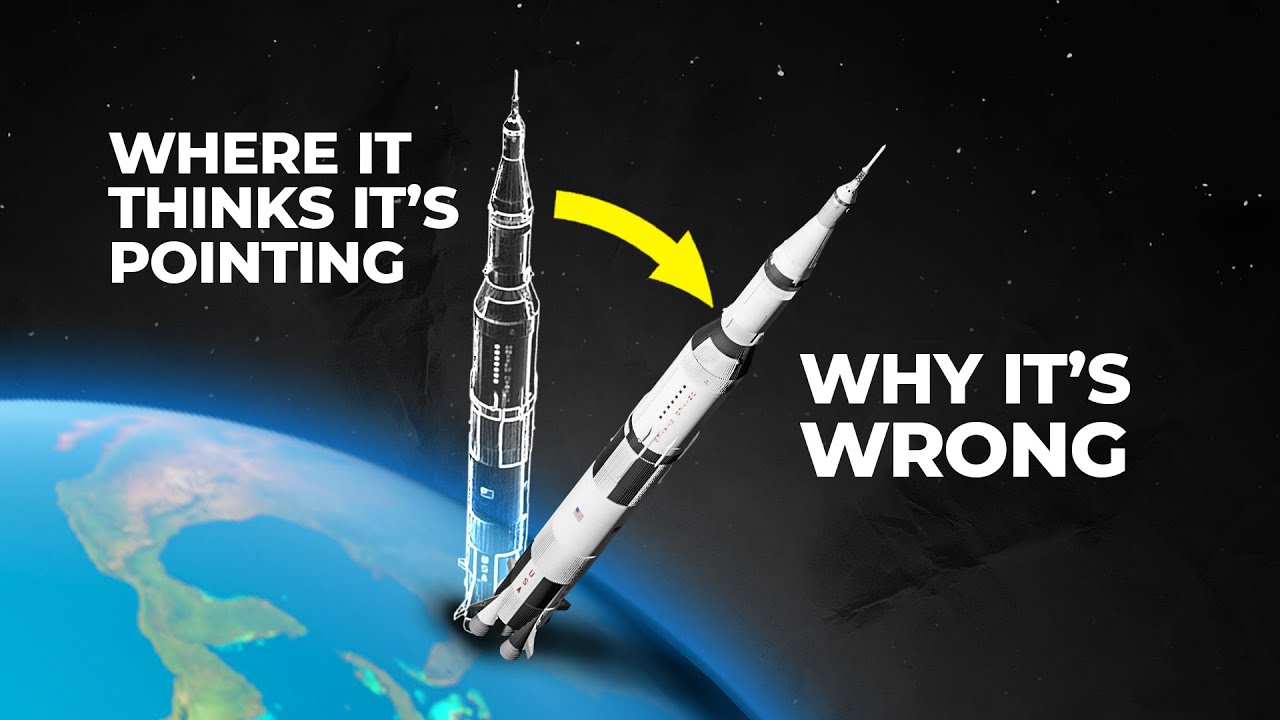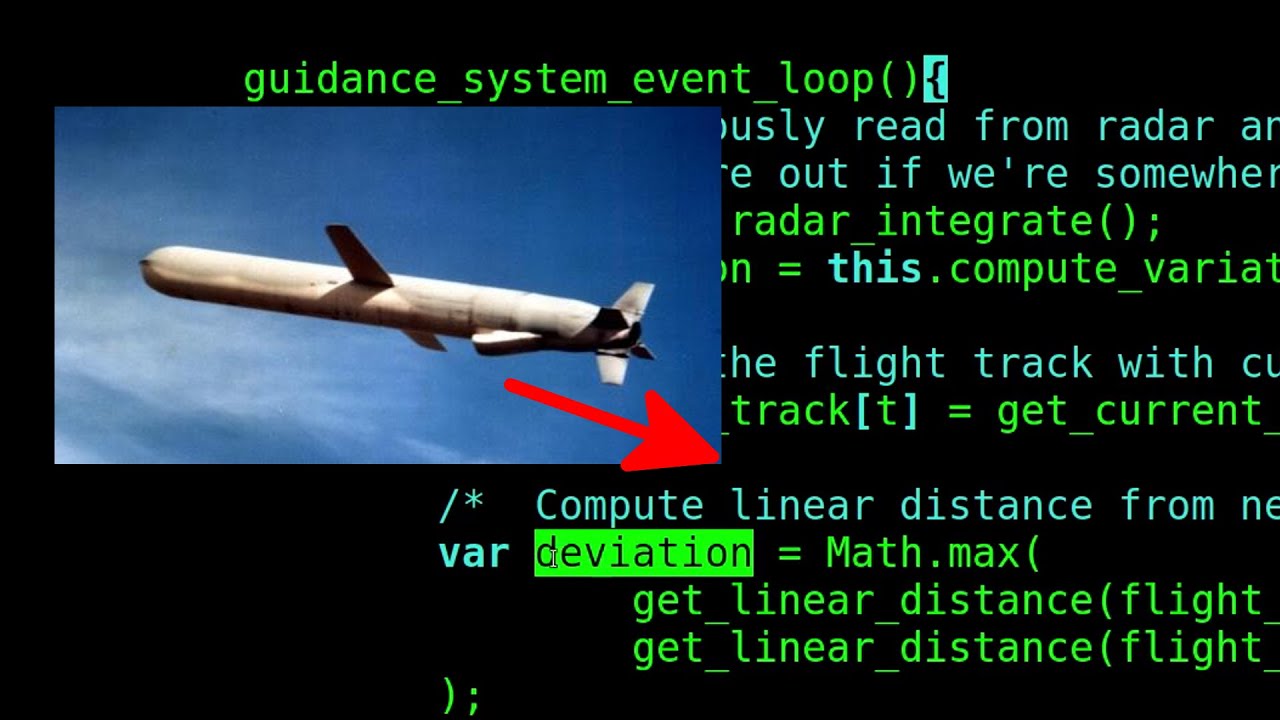The ST-124-M3 inertial platform in the Saturn V booster’s Instrument Unit provided the orientation reference for the rocket’s autonomous inertial guidance system. The stable platform retains its orientation with respect to the distant stars regardless of motion of the rocket. But how was it aligned initially before launch, considering that the rocket on the launch pad was on the rotating Earth, whose position constantly changed? Once again, the Apollo/Saturn engineers found a clever solution.
Yet more evidence for the aphorism employing the term “rocket science”.
"The missile knows where it is at all times. It knows this because it knows where it isn’t. By subtracting where it is from where it isn’t, or where it isn’t from where it is (whichever is greater), it obtains a difference, or deviation. The guidance subsystem uses deviations to generate corrective commands to drive the missile from a position where it is to a position where it isn’t, and arriving at a position where it wasn’t, it now is. Consequently, the position where it is, is now the position that it wasn’t, and it follows that the position that it was, is now the position that it isn’t. In the event that the position that it is in is not the position that it wasn’t, the system has acquired a variation, the variation being the difference between where the missile is, and where it wasn’t. If variation is considered to be a significant factor, it too may be corrected by the GEA. However, the missile must also know where it was. The missile guidance computer scenario works as follows. Because a variation has modified some of the information the missile has obtained, it is not sure just where it is. However, it is sure where it isn’t, within reason, and it knows where it was. It now subtracts where it should be from where it wasn’t, or vice-versa, and by differentiating this from the algebraic sum of where it shouldn’t be, and where it was, it is able to obtain the deviation and its variation, which is called error. "
Show less
Hey, it worked for Google! (Page published on 2002-04-01.)

Nice find. Might be fun to in other systems besides JS.
I have some problems grasping all the where it is and where it isn’t and where it wasn’t. I wonder if ChatGPT 5 would handle it when it’s here



